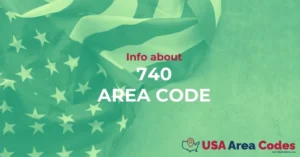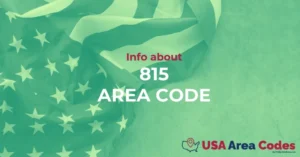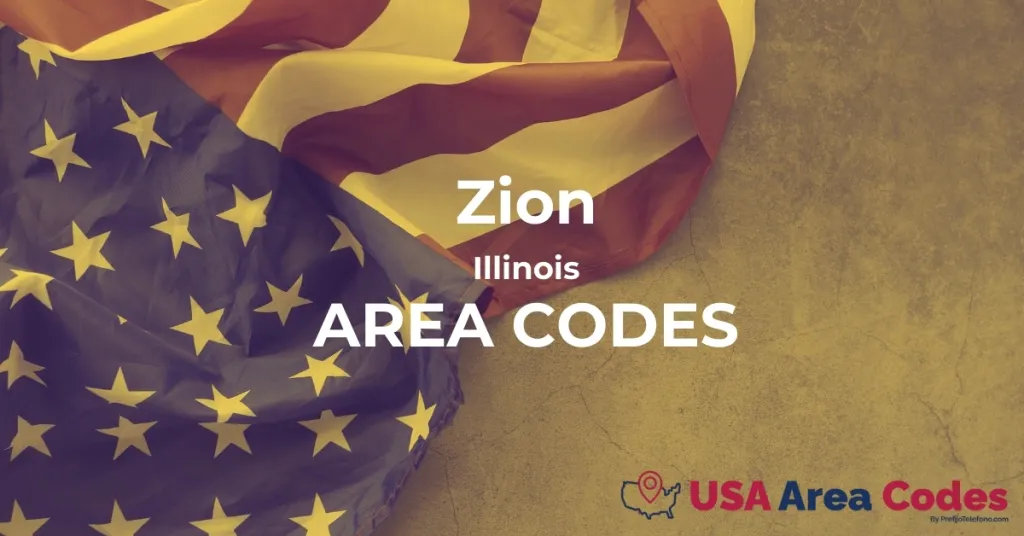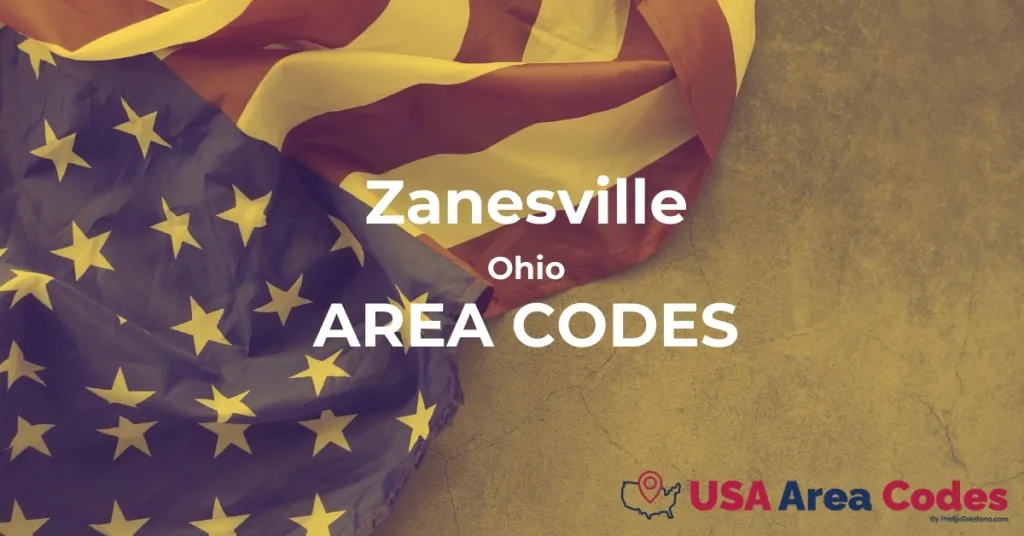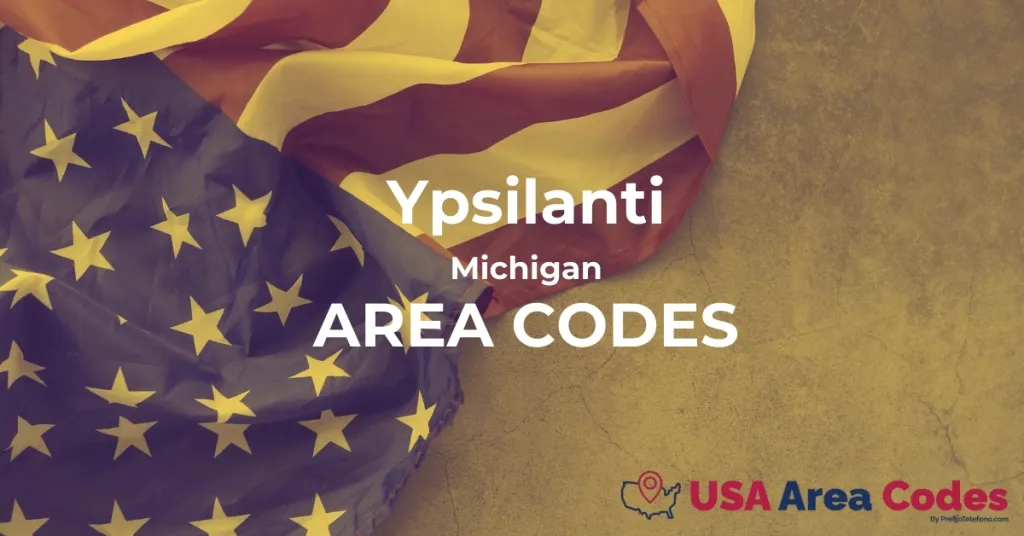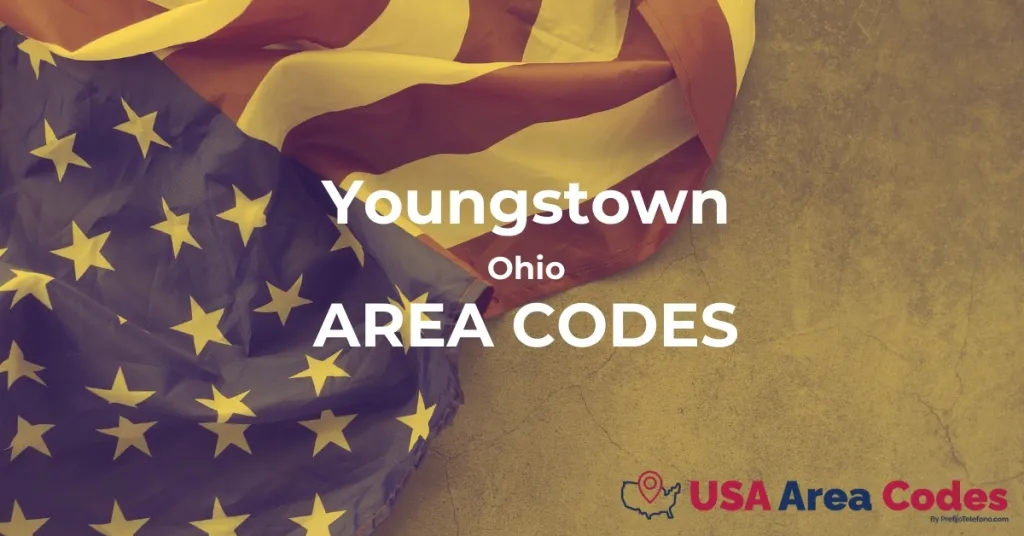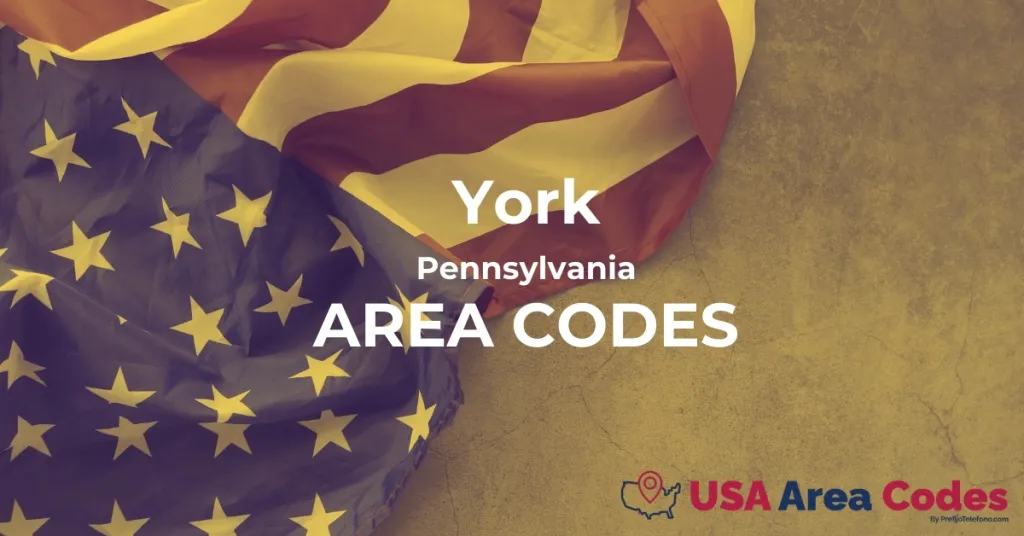Greenbelt, Maryland, located approximately 12 miles northeast of Washington, D.C., is notable for its planned community design and significant role in the development of suburban living in the United States. Established in 1937 as a New Deal project, Greenbelt was one of the first government-sponsored housing cooperatives, aiming to provide affordable living options during the Great Depression. The city's architecture reflects the principles of the Garden City movement, characterized by green spaces and accessibility.
Historically, Greenbelt served as a model for future suburban developments, emphasizing community and sustainability. The city played a key role in promoting cooperative ownership and community engagement, which continues to influence its governance and social structure.
In terms of telecommunications, Greenbelt is strategically positioned within reach of several major data networks and fiber optic lines that serve the Washington metropolitan area. The city's infrastructure supports various telecommunication services, which are critical for both residents and businesses. Additionally, Greenbelt hosts the Greenbelt Federal Law Enforcement Training Center, contributing to its profile in the security and emergency management sectors, where advanced communication technologies are essential.
Greenbelt's unique combination of historical significance, community-oriented design, and modern telecommunications capabilities distinguishes it within the region, reflecting a blend of past innovations and contemporary needs.




